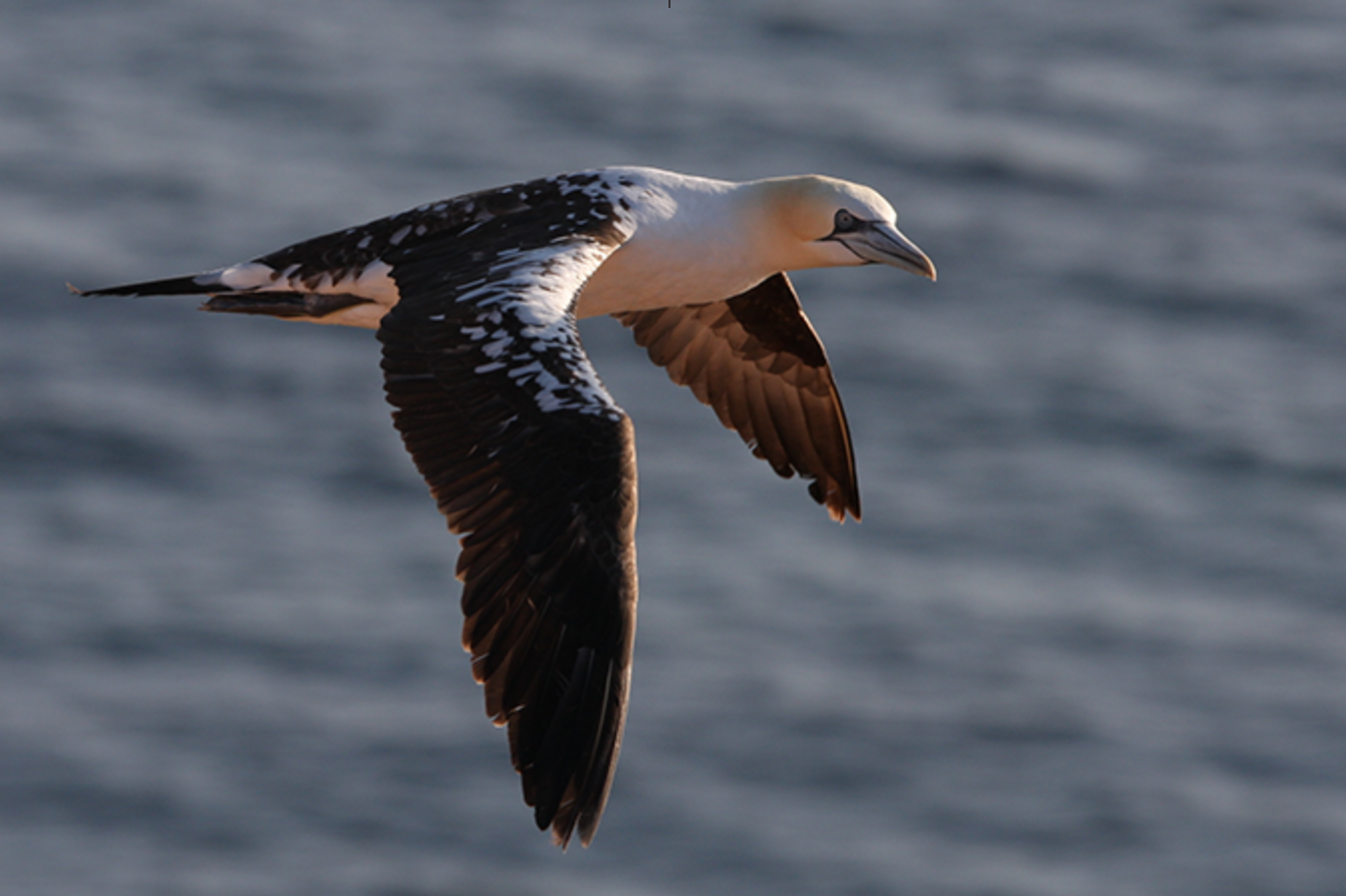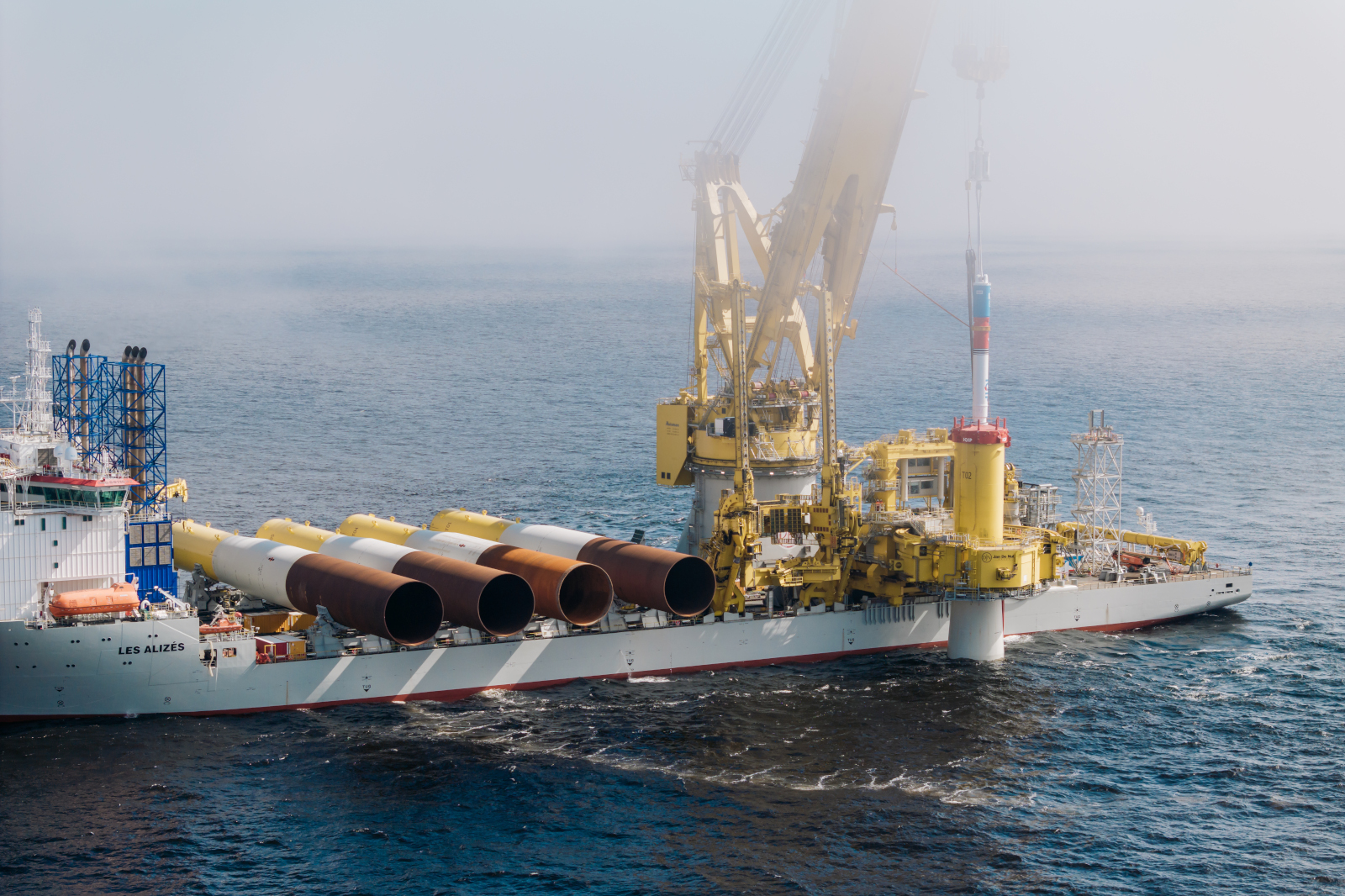January 26 this year, The Federal Maritime and Hydrographic Agency (BSH) has unveiled the first draft of a new Site Development Plan (FEP). The document regulates offshore wind energy development in Germany. Environmental organization NABU is concerned about increased conservation conflict and is calling for adjustments to protect endangered seabirds and porpoises.
NABU submitted comments on the project on 18 January 2022. NABU strongly criticizes the submitted draft and calls for changes in the interest of wildlife and species conservation. In the opinion of environmentalists, in the project presented by BSH more and more wind energy is “squeezed” into the already overloaded North Sea, points out NABU President, Jörg-Andreas Krüger. The Baltic Sea is also in poor condition.
NABU stresses that it supports the development of wind energy, including offshore. However, at the same time, ecological pressure limits must be respected and more must be done to achieve a good marine environment.
– The North Sea and the Baltic Sea are in poor condition. Only when we reduce congestion, make area protection effective, reduce fishing, shipping, and resource extraction will we also have space for wind energy development. The federal government is committed to continuing the energy turnaround without weakening conservation standards, Krüger points out.
The question of how many wind turbines can operate in the North and Baltic Seas remains controversial in NABU’s view. The draft FEP, currently submitted by BSH, envisages the installation of up to 57.5 GW in offshore wind – thus ignoring known conservation conflicts and failing to respect commitments made as part of last year’s marine spatial planning update process.
Efforts in the old version of the FEP to minimize damage to protected areas through a distance buffer of at least 5.5 kilometers are in vain in the new project, NABU notes. This is incomprehensible in several respects: strictly protected guillemots and goldeneyes will lose their habitat. The still shrinking porpoise population in the North Sea will also suffer – the currently forced expansion of wind power seems incompatible with the conservation concept in place since 2013.
NABU is particularly critical of BSH’s approach and recalls the marine spatial planning process last year. There, solutions to conflicting economic and conservation interests were moved to a lower level of planning, i.e. to the FEP, including the distance provisions. Conservation concerns expressed at the time by environmental associations and the Federal Agency for Nature Conservation (BfN) were largely dismissed by BSH, citing the necessary target of 40 GW expansion by 2040 under the Offshore Wind Energy Act (WindSeeG).
Source: NABU














